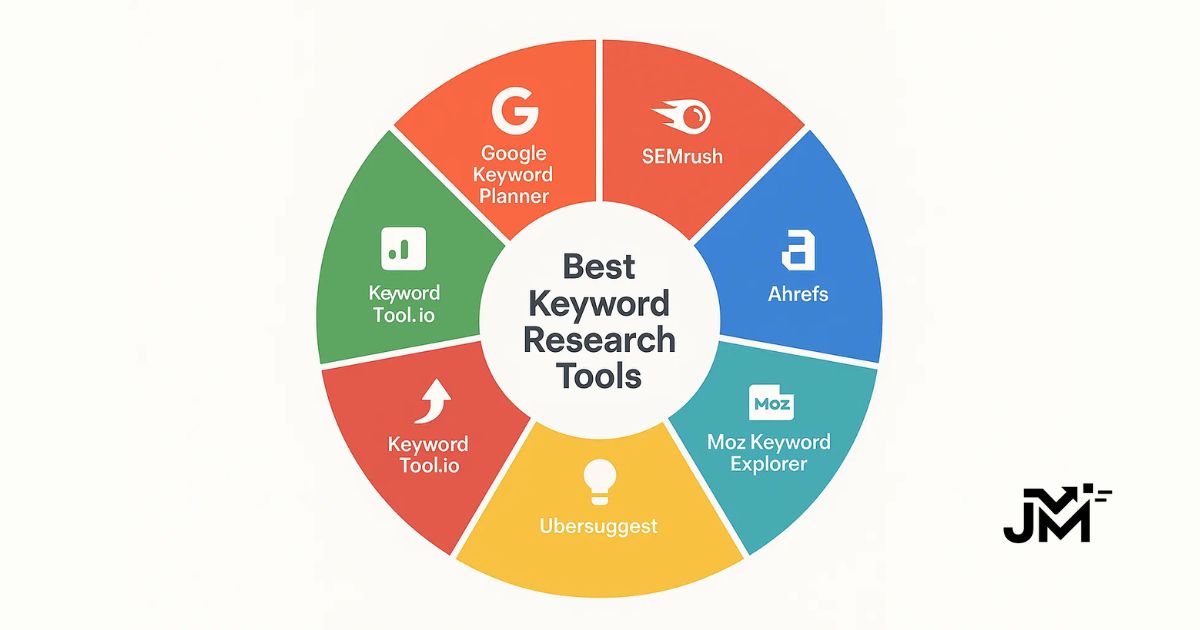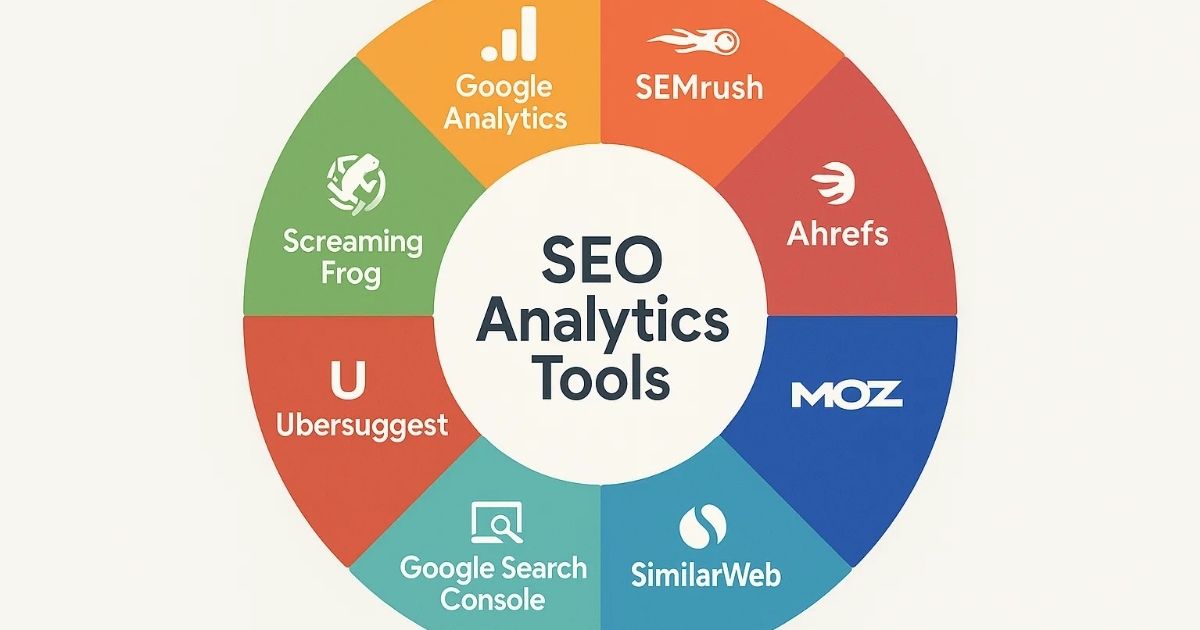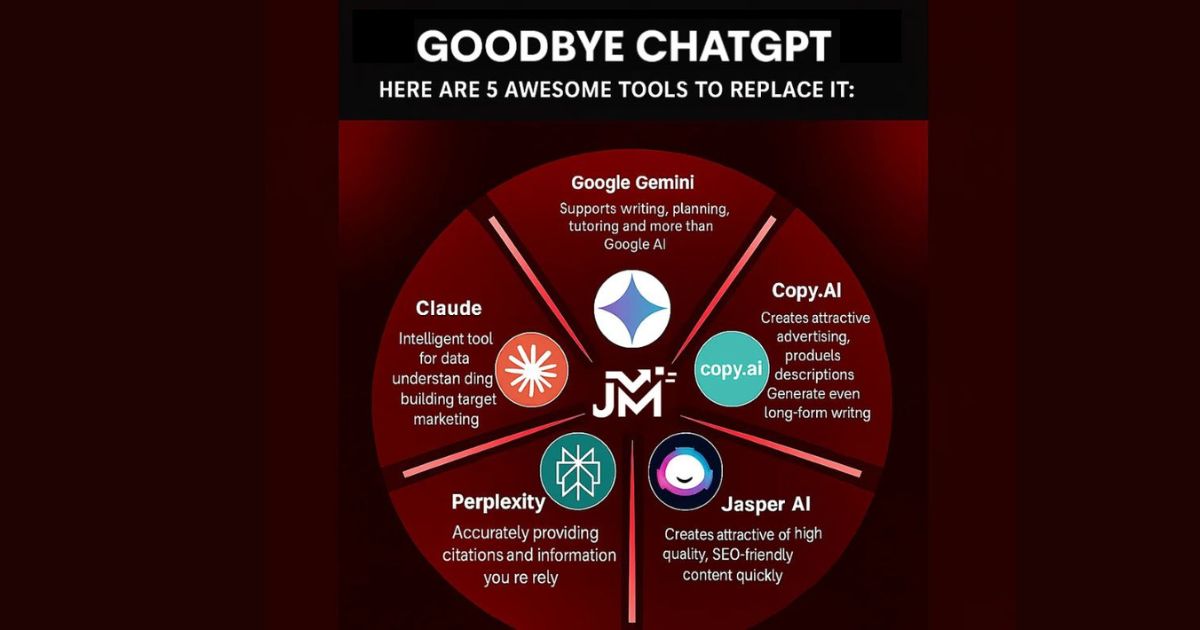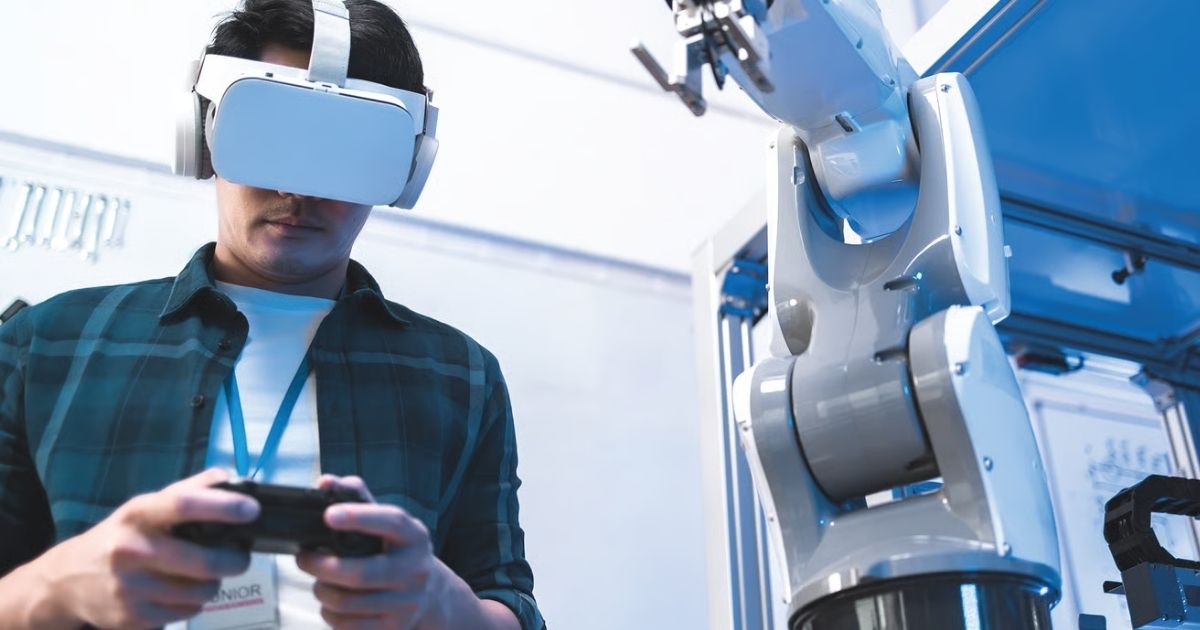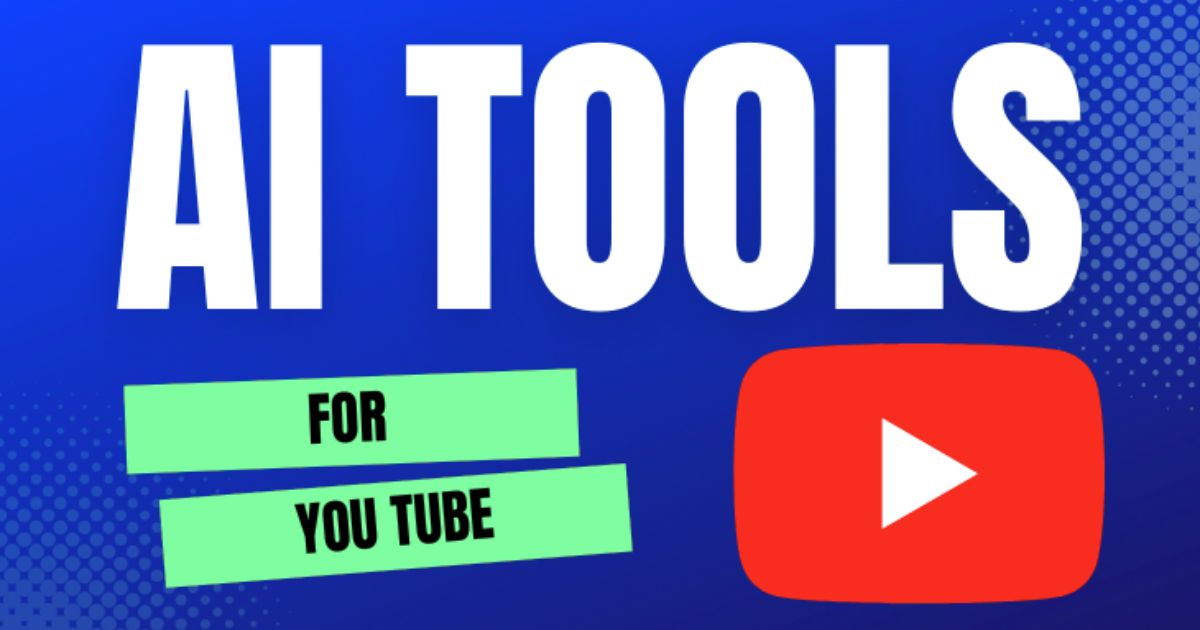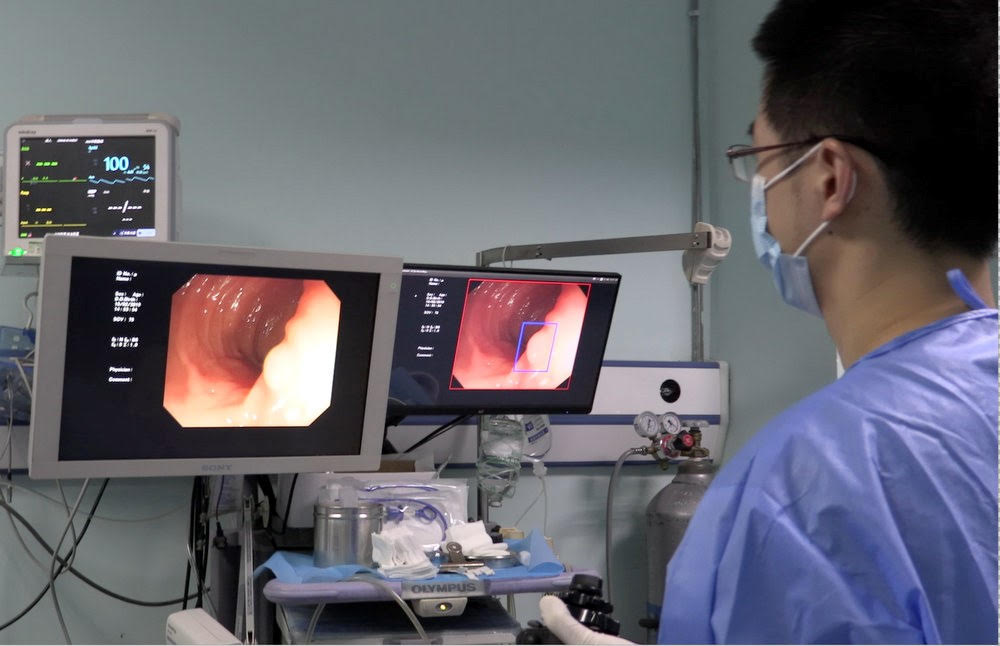Managing human resources in manufacturing environments presents unique challenges, particularly for blue-collar workers who often work in deskless, shift-based roles. Unlike office-based employees, factory workers require HR solutions tailored to their dynamic schedules, physical work environments, and compliance needs. HR software like greytHR and HR HUB offers specialized features such as time tracking, self-service portals, and biometric attendance to streamline operations, enhance engagement, and reduce administrative burdens. These tools address the specific demands of manufacturing settings, where efficiency, compliance, and worker satisfaction are critical. This article explores the must-have HR software features for managing blue-collar workers in manufacturing and how they drive productivity and engagement while easing HR workloads.
The Unique HR Needs of Manufacturing
Manufacturing employs over 12 million workers in the U.S. alone, many of whom are blue-collar employees working on factory floors, assembly lines, or in maintenance roles. These workers often operate in shift-based schedules, require precise time and attendance tracking, and face strict compliance with labor laws, safety regulations, and union agreements. Unlike white-collar employees, blue-collar workers typically lack access to desktops, making mobile-friendly, intuitive HR tools essential. HR software must also accommodate high turnover, seasonal hiring, and training demands while fostering engagement to retain skilled workers in a competitive labor market.

Modern HR software, such as greytHR and HR HUB, is designed to address these challenges by automating repetitive tasks, ensuring compliance, and empowering workers through self-service options. By integrating features like time tracking, biometric attendance, and employee portals, these platforms reduce HR workload, improve operational efficiency, and create a more connected workforce.
Read more: Tax Deduction Mistakes to Avoid When Attending Business Seminars
Must-Have HR Software Features for Blue-Collar Workers
The following features are critical for managing blue-collar workers in manufacturing, offering practical solutions to common pain points.
1. Time Tracking and Shift Scheduling
Accurate time tracking is vital in manufacturing, where shift-based schedules and overtime are common. HR software with robust time tracking ensures precise payroll calculations, compliance with labor laws, and visibility into workforce productivity. Platforms like greytHR provide automated time tracking that captures hours worked, overtime, and breaks, integrating seamlessly with payroll systems to eliminate manual errors. For example, greytHR’s time and attendance module supports shift planning, allowing managers to assign workers to rotating shifts while tracking project-specific hours for cost analysis.
Shift scheduling tools are equally important, enabling managers to create, adjust, and communicate schedules in real time. HR HUB’s scheduling feature allows workers to view shifts, request swaps, or pick up open shifts via mobile apps, reducing scheduling conflicts. This flexibility is critical in manufacturing, where last-minute changes due to equipment downtime or rush orders are frequent. According to a 2023 study, 68% of manufacturing workers value flexible scheduling, which boosts engagement and reduces turnover.
2. Biometric Attendance Systems
For deskless workers, traditional punch-card systems are outdated and prone to errors like buddy punching. Biometric attendance systems, using fingerprint or facial recognition, ensure accurate clock-ins and clock-outs. greytHR integrates biometric devices to capture real-time attendance data, syncing it with payroll and compliance records. This reduces time theft and ensures accurate compensation, especially for overtime-heavy roles. HR HUB also supports biometric integration, offering facial recognition for workers in high-security areas like cleanrooms or hazardous zones.

Biometric systems enhance compliance with labor regulations, such as the Fair Labor Standards Act (FLSA), by providing auditable records. They also streamline attendance for multi-site factories, where workers may move between locations. A manufacturing plant in Ohio reported a 5% reduction in labor costs after implementing greytHR’s biometric attendance, highlighting its impact on efficiency.
3. Employee Self-Service Portals
Self-service portals empower blue-collar workers to manage HR tasks without relying on HR staff or desktop access. These portals, accessible via mobile apps or kiosks, allow workers to view payslips, request time off, update personal information, and access training materials. greytHR’s self-service portal, for instance, enables workers to check leave balances, submit expense claims, and view shift schedules on their smartphones, reducing HR queries by up to 30%, according to user reviews on SoftwareSuggest.
HR HUB’s portal offers similar functionality, with added features like multilingual support, critical for diverse manufacturing workforces. For example, a factory with 40% non-English-speaking workers reported higher engagement after implementing HR HUB’s Spanish-language portal. By giving workers autonomy, self-service portals reduce administrative workload and foster a sense of ownership, improving satisfaction and retention.
Read more: Top 5 Cell Providers for Small Businesses in the UK: Best Business Mobile Plans in 2025
4. Compliance and Safety Management
Manufacturing is heavily regulated, with requirements from OSHA, union agreements, and local labor laws. HR software must ensure compliance by tracking certifications, safety training, and incident reports. greytHR’s compliance module automates OSHA reporting, tracks worker certifications (e.g., forklift operation), and sends reminders for renewals. This reduces the risk of penalties, which can exceed $15,000 per OSHA violation. HR HUB integrates safety management tools, allowing workers to report hazards via mobile apps and managers to track drug testing or equipment certifications.
These features are critical for seniors, who may face higher risks of workplace injuries. Automated compliance tracking ensures older workers receive necessary accommodations, such as ergonomic adjustments, while maintaining regulatory adherence. A 2024 survey found that 72% of manufacturing HR teams using compliance-enabled software reported fewer workplace incidents.
5. Training and Performance Management
Blue-collar workers often require ongoing training for equipment operation, safety protocols, or skill development. HR software with learning management systems (LMS) streamlines training delivery and tracking. greytHR’s LMS offers mobile-friendly courses on topics like machine safety, with quizzes to verify completion. HR HUB’s performance management tools allow managers to set goals, track progress, and conduct appraisals, ensuring workers are recognized for their contributions.
These tools boost engagement by providing clear career development paths. For example, a Texas factory using HR HUB’s LMS reported a 15% increase in worker retention after implementing tailored training programs. Performance management also helps identify high-potential workers for promotions, addressing the skills gap in manufacturing, where 2.1 million jobs are projected to go unfilled by 2030.
6. Mobile Accessibility and Communication Tools
Deskless workers rely on mobile access to stay connected with HR and management. Both greytHR and HR HUB offer mobile apps with push notifications for shift changes, payslip updates, or company announcements. HR HUB’s app includes a communication hub for sharing safety alerts or recognizing workers, fostering a positive workplace culture. For instance, a Michigan plant using HR HUB’s recognition feature saw a 10% increase in employee morale after monthly “kudos” for top performers.
Mobile accessibility is particularly valuable for seniors, who may prefer simple interfaces. greytHR’s app, with its intuitive design, ensures older workers can navigate tasks like leave requests without tech barriers. These tools reduce HR’s administrative burden by enabling direct communication and minimizing paperwork.
Benefits for Engagement and HR Workload
These features deliver tangible benefits for blue-collar workers and HR teams in manufacturing:
-
Increased Engagement: Self-service portals and recognition tools empower workers, giving them control over their schedules and contributions. Flexible scheduling and training opportunities signal investment in their growth, reducing turnover. A 2023 Gallup study found engaged manufacturing workers are 23% less likely to leave.
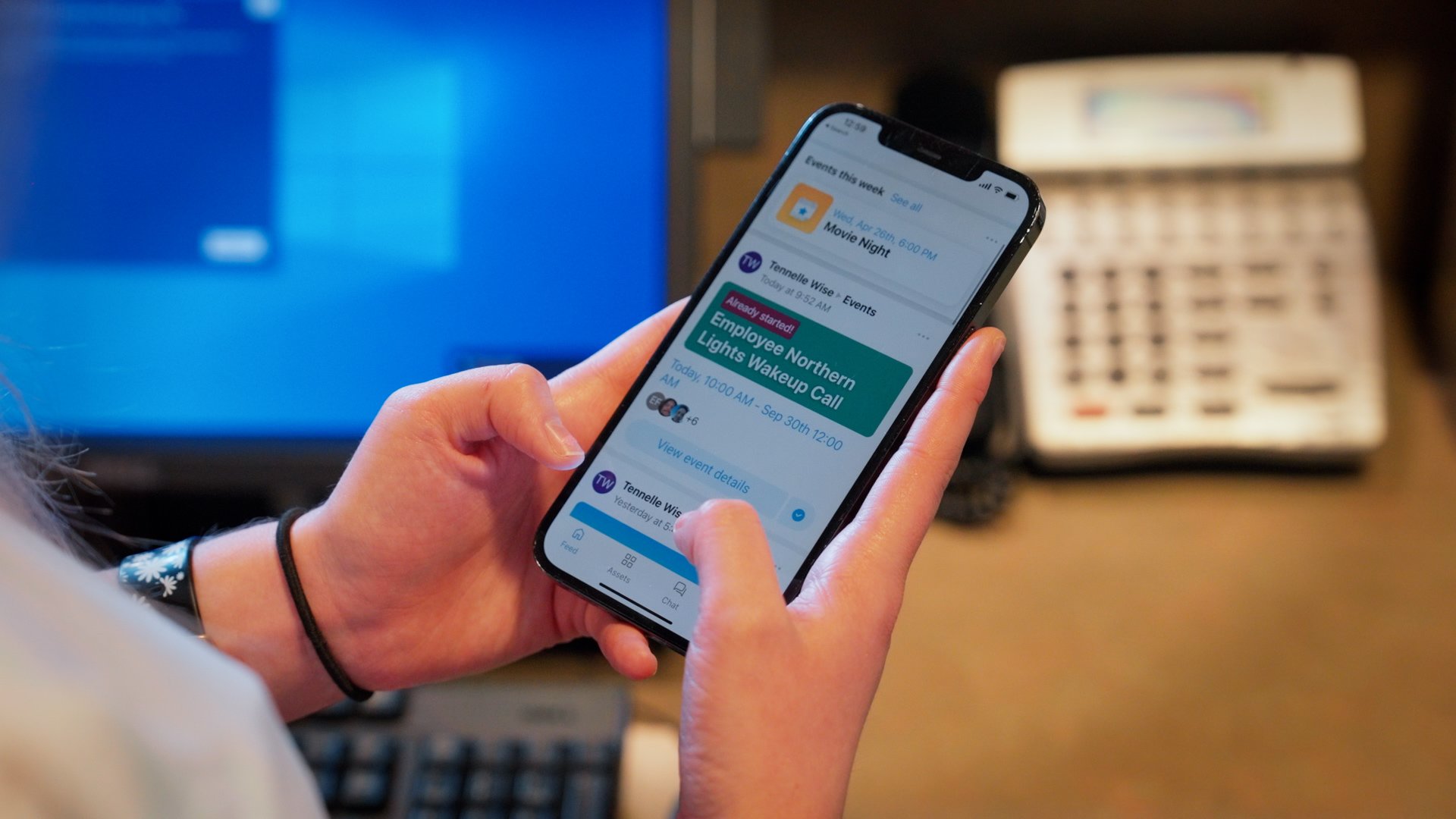
-
Reduced HR Workload: Automation of time tracking, attendance, and compliance tasks cuts administrative time. greytHR users report saving 16 hours monthly on HR tasks, allowing staff to focus on strategic initiatives like talent retention.
-
Improved Compliance: Biometric attendance and compliance modules ensure adherence to labor and safety regulations, reducing legal risks and penalties.
-
Cost Efficiency: Accurate time tracking and payroll integration prevent overpayments and time theft, while streamlined onboarding reduces hiring costs. A factory using HR HUB’s onboarding tools cut new-hire processing time by 40%.
Challenges and Considerations
While HR software offers significant advantages, challenges include:
-
Tech Adoption: Some blue-collar workers, especially seniors, may resist digital tools. Training and user-friendly interfaces, like those in greytHR, mitigate this.
-
Cost: Pricing varies, with greytHR starting at $50/month for 25 employees and HR HUB offering custom plans. Small factories must weigh costs against benefits, though savings from automation often offset expenses.
-
Integration: Software must integrate with existing payroll or ERP systems. Both greytHR and HR HUB support integrations with tools like SAP and QuickBooks, ensuring seamless data flow.
Choosing the Right HR Software
When selecting HR software for manufacturing, consider:
-
Scalability: Ensure the platform supports growing workforces and multi-site operations. greytHR scales for 10–1,000+ employees.
-
Ease of Use: Intuitive interfaces, like HR HUB’s, are critical for deskless workers with limited tech experience.
-
Support: 24/7 customer support, offered by both platforms, ensures quick resolution of issues.
-
Compliance Features: Prioritize OSHA-compliant tools and audit trails for regulatory adherence.
Conclusion
HR software like greytHR and HR HUB transforms the management of blue-collar workers in manufacturing by offering time tracking, biometric attendance, self-service portals, compliance tools, and training modules. These features streamline operations, ensure regulatory compliance, and boost worker engagement through autonomy and recognition. By reducing HR workload—saving up to 16 hours monthly—and improving efficiency, these platforms enable factories to focus on productivity and retention. For manufacturing leaders, investing in tailored HR software is not just a technological upgrade but a strategic move to empower their workforce, particularly deskless and senior workers, in a competitive industry.



